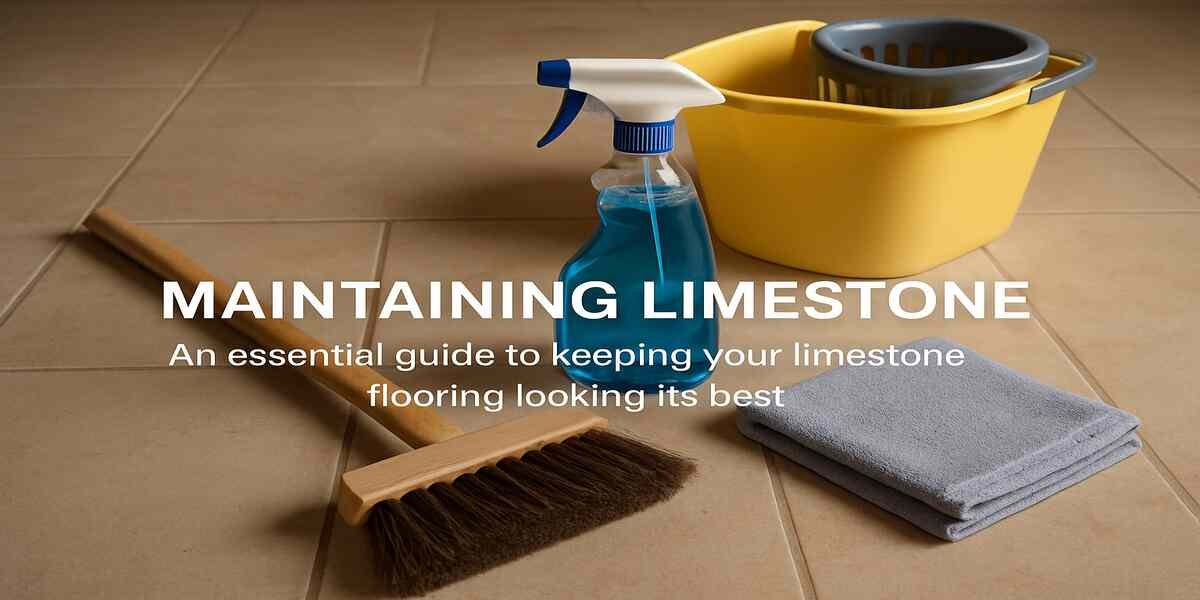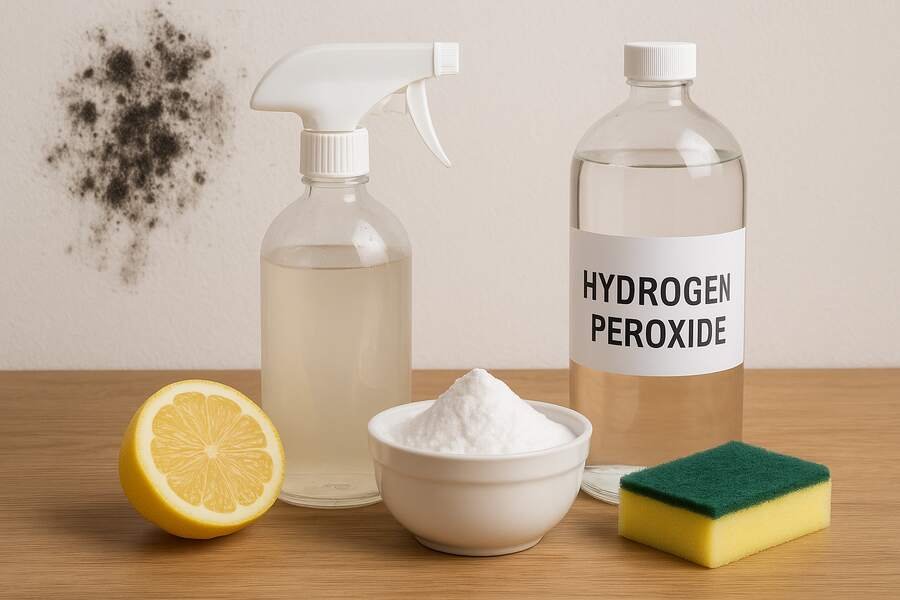Essential Guide to Maintaining Limestone Flooring

Essential Guide to Maintaining Limestone Flooring
Is it so that you clean your limestone floor regularly, and yet it still looks dingy or stained? The air of sophistication so provided by limestone floors in any room is extremely natural, just like a textured feel of the ground, which will blend very well even in contemporary designs as against conventional ones. Yet, they are beautiful, and they should be maintained with consideration. Limestone is a porous calcium stone liable to scratch, stains and etching under the influence of the incorrect cleaning procedures. Provided that you have observed your limestone appear run down or dehydrated, do not panic. It is possible to make this revival, sustain it with proper methods and reach many years ahead. So, how to keep and clean your limestone floors step by step, the correct way?
1. Know Your Limestone: Why It Requires Special Care
Limestone is less solid and porous as compared to other natural rocks like granite or slate, as per Bond Cleaning Robina. This means that it is most probable to soak up anything that is spilt on it, and in addition, it can become easily stained and marked/etched with acidic or abrasive items. The majority of common cleaning materials (including the vinegar or lemon-based cleaners, in particular) are far too aggressive against limestone. Thus, the initial response toward effective care should be to understand the sensitivity of the same.
2. Sweep or Vacuum to Stop Smakings to Prevent Scratches
Maintaining your limestone flooring is easy, and one of the options that can keep your floor safe is sweeping it off grit and dust before it scratches your surface. A Asteamm mop, floor mop or brush attachment vacuum is recommended to clean the floor regularly, preferably daily, in high traffic areas. Do not use hard-wheeled bodies or beaters (bars), as this may scratch the stone. This routine maintenance procedure keeps the floor shiny and prevents debris from falling to being trodden underfoot.
3. Clean with pH-Neutral Cleansers Only
Different to other types of stone, limestone is vulnerable to acidic and alkaline cleaners. Apply just pH-neutral cleaning products formulated especially to use with natural stone. Dissolve the cleaner in warm water and mop using a well-wrung microfibre mop. Never leave the water to stand on the floor or wet it severely, which will also lead to a serious problem due to moisture being absorbed by the porous stone. The use of a dry mop should always be followed up to ensure there is no water left.
4. Blot Spills As Soon As Possible to Prevent Staining
Limestone is easily able to take the stains, especially coloured ones like red wine, coffee, or juice. This is why some urgent intervention is needed. In case of a spill, use a clean, dry cloth to dab the liquid; do not rub because it moves the stains. For more stubborn stains, make a paste by mixing baking soda and water (a poultice) and laying it directly over the stain and leaving it for 24 hours before cleaning. Proper care also helps in preventing mould on carpets.
5. Turn the Extra Coating of Floor Sealer Annually
Limestone is porous, hence it needs to be sealed to prevent it from getting exposed to moisture, grime and stain. Apply a breathable stone sealant of good quality once a year or as prescribed, depending on the foot traffic. Ensure that there is no water, moisture or any form of wetness present before sealing the floor. Using a soft mop or cloth, apply a nice coat of the sealer and allow it to absorb within the recommended period, then wipe off any extra coating. This is an extra protection that gives life to your floor.
6. Buff the Scenery to Be Natural Shine
Even your limestone floor, which has faded its natural sheen, can be restored after a few minutes of buffing. Polish the surface using a dry microfiber cloth/ a soft floor buffer. This aids in returning the shine, with no chemicals or waxes, which can be left behind. Do not use any store-bought polishes unless they are made out of limestone, as they may make it slippery or dull.
7. These Cleaning Mistakes Are Best Avoided
One should also understand what to avoid. Any vinegar, lemon juice, ammonia, bleach or a cleaner that is not pH-neutral should not be used. These can carve or stain the stone. These can etch or discolour the stone. Additionally, do not pull heavy furniture on limestone floors- they may cause deep scratches. Make sure to always put felt pads or sliders. Finally, standing water should never be left to have the possibility of soaking up and ruining the stone under its surface.
8. Professional Deep Cleaning: When, Why?
Your limestone floors should be professionally treated every once in a while, even though regular maintenance has been observed, especially in areas that are prone to moisture, like kitchens and or bathrooms. The stone can be deep cleaned and restored by proficient experts with the help of specialised tools and methods, and polished to resurface it and apply a new layer of sealant. It would be prudent to allow a professional Cleaning service after 12-24 months of use, depending on the level of use.
Conclusion
Limestone flooring is incredibly warm, beautiful, and natural, as well as requires gentle and smooth treatment. Do not take shortcuts and use harsh chemicals. Rather, clean as much as possible, mop with correct products, seal once per year, as well as react to spills instantly. Handle your limestone floors and spend on treatment as you would on any other good investment, and you will have a style that will last a lifetime.




